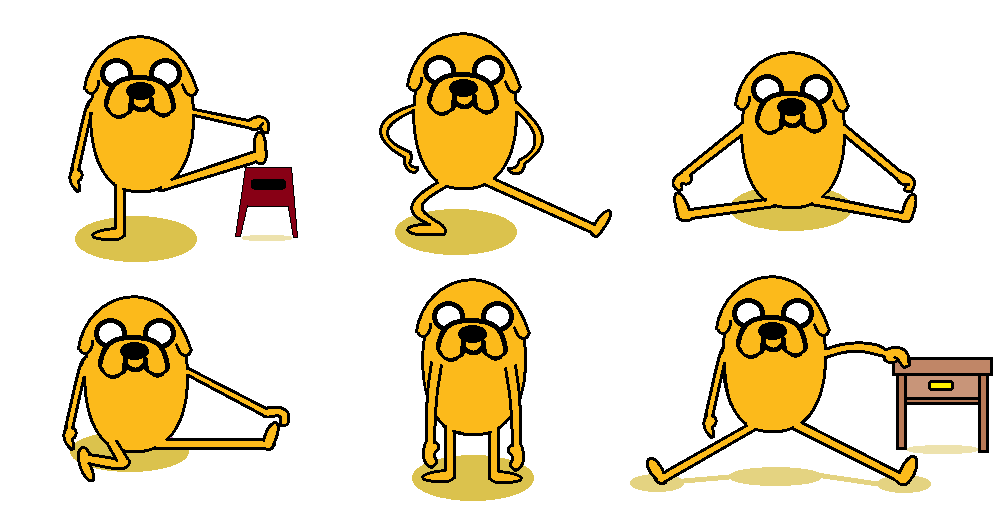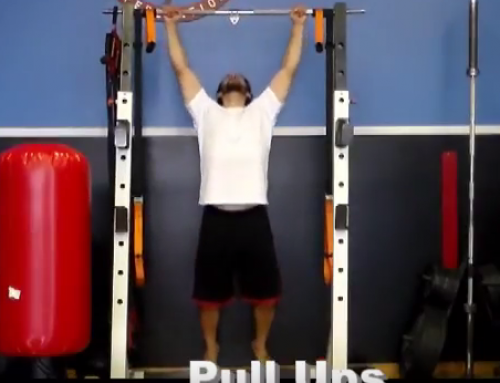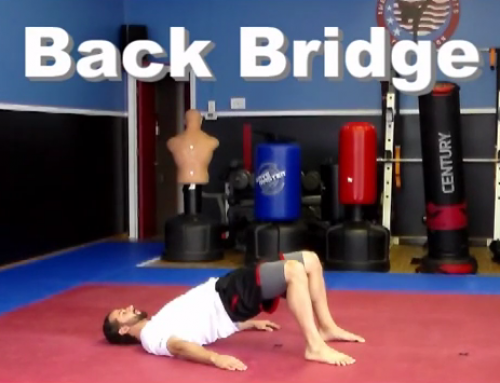Bench Press, Incline Bench Press, Decline Bench Press, Chest Fly, Push ups, Barbells, Dumbbells, Resistance bands, cables…..so many ways just to exercise your chest muscles! But is it worth it to do all of these variations? Why not just pick one and do a lot of them? The answer is….it depends.
When targeting a muscle group during exercise the muscle contracts 100% no matter what. No matter how fast or slow you go or what angle you hold, it still contracts 100% or 0%, there is nothing in between. The speed and angle is determined by the way the muscles around that targeted muscle group stabilizes the motion. It is also important to note that you cannot build up specific areas of one muscle.
Take for instance the biceps. You can’t “shape” your biceps by doing one bicep exercise more than another. The shape is determined by genetics and whether or not you train it at all. It builds, maintains or decreases in size, where it builds is not up to you. Therefore, doing exercises at specific angles does not change the way your biceps look. Note however that not all muscle groups follow this as large muscle groups such as the back and chest have numerous parts to them and connect to multiple areas. So, with that said, what’s the point in doing so many variations of exercises just to hit one muscle group? Well, if you’re just trying to make that one muscle look bigger or only want/need strength in one specific motion, then there is no need for the variations. However, this doesn’t apply to most of us.
The average person needs strength in all areas of motion, not just one. The variations will help numerous muscles groups that come into play when a motion is attempted. For the average person, building just one motion can lead to injuries and weakness due to muscle imbalance. It’s also important to note that just because a muscle is strong, doesn’t mean it is capable of moving forcefully in every direction. This is where neurological conditioning comes into play. Your largest strength gains when first learning an exercise will come from this neurological conditioning (teaching the brain how to move the muscles it already has). You can be the king of pushups, but that doesn’t mean you can suddenly do the exact same weight and reps on a barbell bench press if you’ve never done it before. Same goes for if you move from barbell to dumbbell, or decline to incline. While you may be “set up” for success, you body still has to learn how to move in that motion before it does anything, which means a dramatic decrease in weight and repetitions when you first start.
So, unless your profession or hobby requires you to be strong in one specific motion, vary it up! Overall fitness is the key for most of us.







Leave A Comment